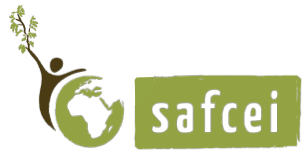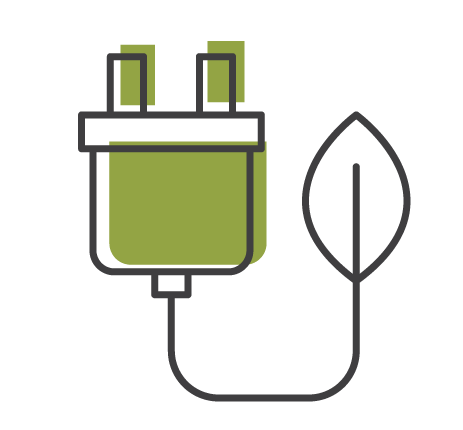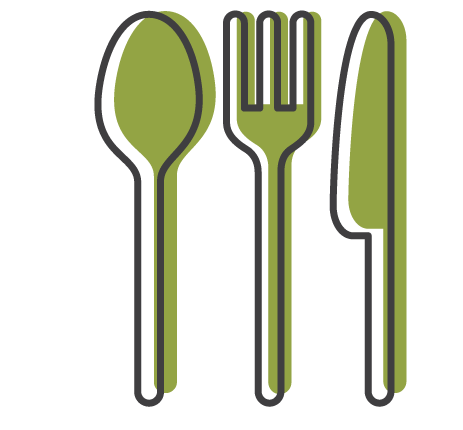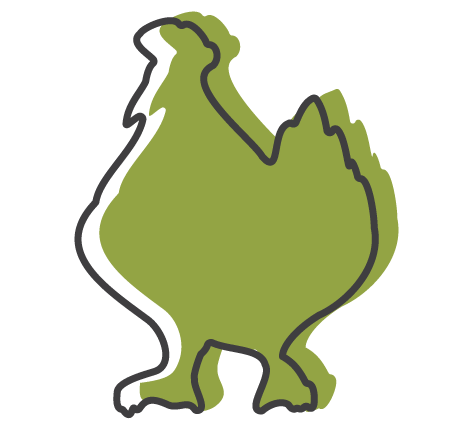Egg labels explained
- Published:
Egg labels explained What you need to know about cracking the egg label code
By Georgina Blumears
Navigating which eggs are good and which eggs are bad while standing in the fluorescent lighting of a supermarket can be a difficult task. When there are so many options from free-range to organic which is best? And what does it mean if there is no title at all, just plain old eggs?
We are here to help, the best we can.To start out let's breakdown the most common types of eggs: Caged, Organic, Free Range and Cage-free.
First and foremost, the title given to an egg is a description of how the egg was produced. Each term denotes how much roaming space the hen had, the food it received and whether it received antibiotics.
We have created a ‘happy egg scale’ to chart which hens have the best welfare and create ‘happy eggs’ and which hens have terrible welfare and create ‘sad eggs’.
To begin, let us look at the eggs at the bottom of the scale in terms of ethical and healthy eggs.
Caged Eggs
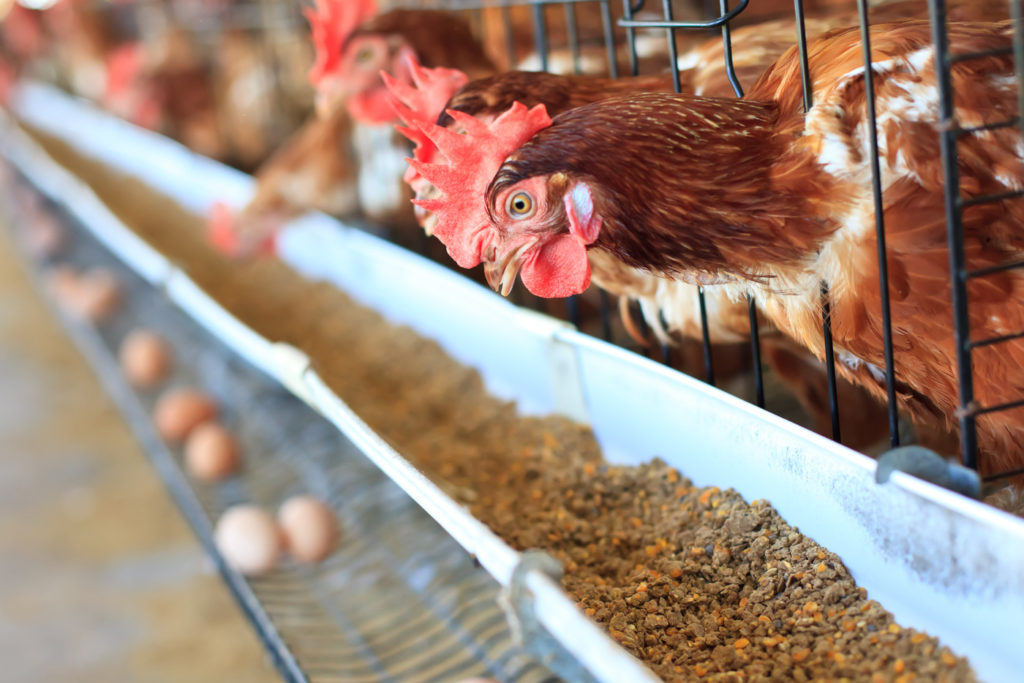 Source https://animaux.l214.com/poules-pondeuses
Source https://animaux.l214.com/poules-pondeuses
“Cage eggs are part of a system that is referred to as factory farming. It gets this name from its propensity to see livestock as functions or units, rather than individual conscious entities, and to place them in industrial conditions that are entirely focused on maximizing cost-saving, with little concern for the needs of the animal.”
Now no egg producer in their right mind is going to outwardly say on their labels, “these are caged eggs from Hens that spend their whole lives with eight other Hens in a cage the size of an A4 piece of paper”. But the truth is that most, if not all, the eggs on the shelves in supermarkets that don’t say ‘organic’, ‘free-range’ or ‘cage-free’ are from Hens that live in these terrible conditions. 96% of Hens live in what is called Battery Cages, small A4 sized cages crammed with up to eight other birds. These hens can not walk around, spread their wings or lay eggs in a nest. With the inability to act out natural behaviours like perching and dustbathing, these birds experience emotional distress, physical injury and exposure to illness. These eggs have a higher risk of Salmonella contamination because of their living conditions. If you can stomach it, I suggest you take a look at the many layer hen farms investigation videos available online. We will like some here.
It’s had to describe the living conditions of these poor animals without feeling so heartsore. These hens live on top of one another, with at least one being pinned down under the weight of it’s fellow ‘cellmates’. Stuck under the weight of the other hens, they are slowly crushed to death. If you manage to avoid being crushed to death in a battery cage, you could find yourself cannibalised by the other hens and forced to live in your own firth matted into your feathers and infecting the sores caused by the cage you spend every minute of everyday in.
Caged-Eggs are at the bottom of our Happy Egg Scale. These Hens have the most horrific lives, and because of this, their eggs are the saddest. We would encourage you to avoid buying these eggs if your budget allows. Not only will you be supporting the ending of caged-hen suffering through your buying power, but you can also protect your and your family from diseases such as salmonella.
Organic Eggs
Organic Eggs are a common feature at many top supermarkets and farmers markets throughout the country. But how much do you know about them?
The hens that lay organic eggs have one of the best welfare conditions second only to Cage-Free Hens. These Hens receive organic GMO and pesticide-free feed and can move around freely depending on their housing situation. What is not clear because of the variations in housing situations is if these Hens have access to the outdoors.
But let us paint an ideal organic egg production scenario. First, you will not have your beck-trimmed so you will be able to scratch around and act out natural behaviour. Secondly, there are fewer hens, meaning more space for you. Because of the reduced numbers in your flock you will have more indoor space and more outdoor space. Outdoors you will have unlimited access to green space as opposed to more regulated free-range hens. And as a bonus, you receive GMO-free food and no antibiotics. Picture perfect if you ask me.
So where do these organic eggs rank on our Happy Egg Scale? Organic eggs are smack dab in the middle of the scale. These hens receive GMO and pesticide-free feed in the best case scenario, making them healthier. But if the farmer chooses to cut some corners, these hens are often not always allowed to roam freely outside and perform all their natural behaviours like perching, nesting. We are thus putting them in the middle of our scale.
Free-range Eggs
Free-range Eggs can be found in almost all supermarkets and are considered the more accessible and ethical choice for consumers. But what does the ‘Free-range’ label actually mean? How much ‘Free-range’ do the hens laying these eggs have and where do they stand compared to other egg types. Free-range eggs are a tricky subject because of the disparity between what ‘counts’ as Free-range.
Like with organic we can look at the ideal practice, but bear in mind that these practices are not always adhered to and aspects like the amount of vegetation needed in an area and hours outdoors may vary between Free-range farm to Free-range farm.
Ideally, The hens that lay Free-range eggs are loosely held in doors during the night to protect from predators. The hens will have upto six hours daily, and the outdoor environment should have some sort of natural vegetation. Space-wise each bird must have 0,37m2 to allow for acting out natural behaviours.
But to provide the other less ideal picture, these hens can have the following welfare conditions. These hens may have their feed placed inside to discourage outside roaming. While in some cases, because of the lack of clear standards for Free-range eggs, the housing of these Hens may be similar to Caged hens.
So in truth, this is one type of egg that will need a little more research on the side of the consumer to insure that if you are buying Cage-free the farm supplying this is following best practices. We hope that with more research SAFCEI can provide a clear list, very soon, of retailers that source free-range eggs from authentically Free-range farms.
Free Range Eggs from Hens that are genuinely able to roam free are higher on our Happy Egg Scale.
The catch is, only the hens raised following an authentic Free-range practice produce happy eggs. These hens must be able to roam around outside and have housing conducive to their natural needs to be considered truly Free-range. If the hens are ‘discouraged’ from roam outside by the placement of their food in-doors and are kept in cages, there is no difference between battery Caged hens and Free-range.
Cage-free
Cage-free Eggs are the height of ethically laid eggs, they are truly eggcellent ( mind the pun). The hens receive the five freedoms of animal welfare. “ There are five freedoms that animal welfare advocates say need to be provided to animals; freedom from hunger and thirst; from discomfort; from pain, injury or disease; from fear and distress; and to express normal behaviors.”
Cage-Free Hens have limited access to outdoors but have the benefit of being free of battery cage confinement. These hens can act out natural behaviours like walking around and spreading their wings, they have access to perching and dustbathing areas and lay eggs in nests. The hens that lay cage-free eggs have the best welfare conditions and warrant their own full length blog post, so for now I will leave it at that and jump into our ‘Happy Egg Scale” rating.
Cage-free hens receive all of the above helping them produce ‘happy’ and safer eggs with lower risk of salmonella contamination. As a consumer there is some difficulty in finding Cage-free eggs in supermarkets but we at SAFCEI continue to work with various retailers to have them sign onto a commitment to procure only cage-free eggs throughout their supply chain by 2025. This change over and commitment will mean you as the consumer can buy the house-brand eggs with the assurance that you are buying eggs sourced from a cage-free layer hen farm and produced with the hens welfare in mind.
Sources: How to decipher egg carton labels: https://www.humanesociety.org/resources/how-decipher-egg-carton-labels 7 Reasons Not to Eat Cage Eggs: https://regenerative.com/seven-reasons-eat-cage-eggs/ Sinergia Animal and PAE launch Ecuador's first investigation about the egg industry: https://www.sinergiaanimalinternational.org/
Who we are

SAFCEI (Southern African Faith Communities’ Environment Institute) is a multi-faith organisation committed to supporting faith leaders and their communities in Southern Africa to increase awareness, understanding and action on eco-justice, sustainable living and climate change.
Featured Articles
-

South Africa: Who Ends Up Paying If DMRE Cooks the Price of Nuclear Power?
-

South Africa’s nuclear energy expansion plans continue to draw criticism, environmental NGOs chew over legal challenge
-

Earthlife Africa and SAFCEI respond to latest unsettling nuclear news regarding the ministerial determination
-

Open Wing Alliance Africa (Virtual) Summit 2023
-

The Green Connection and SAFCEI respond to energy minister's divisive and deflecting comments
-

Job Vacancy: FLEAT Coordinator

